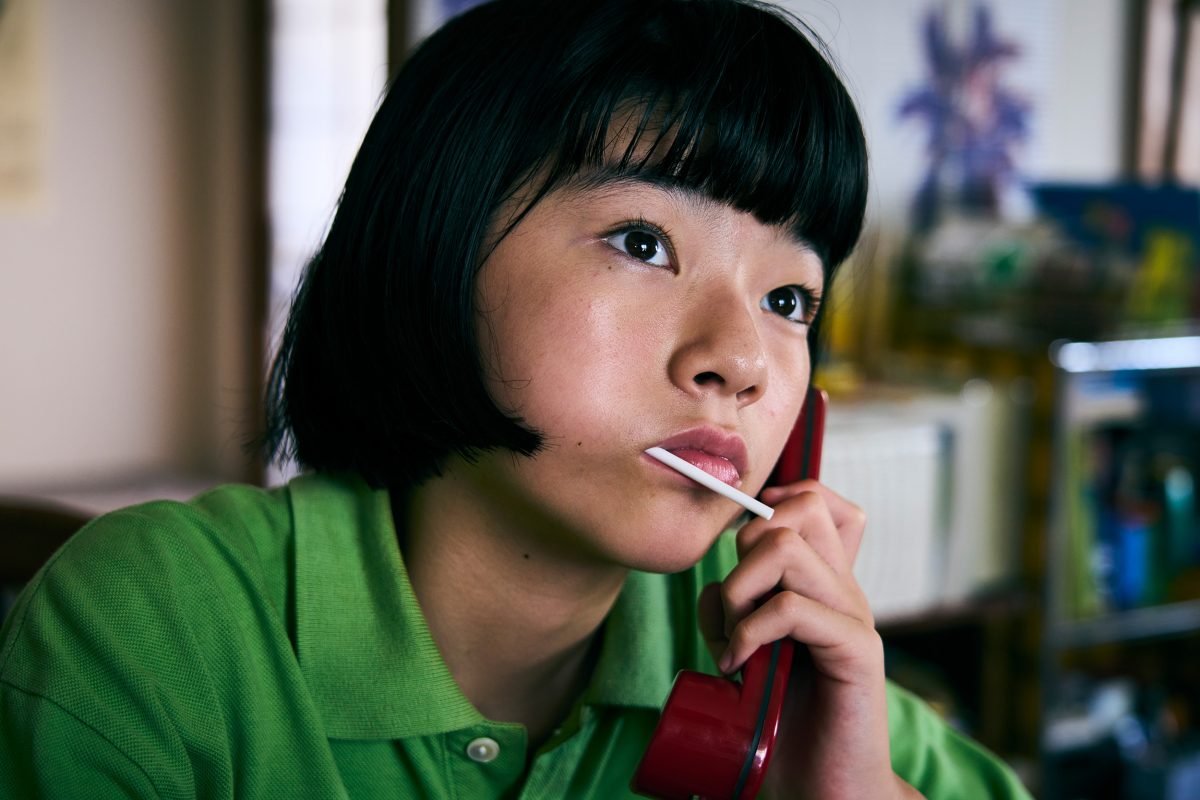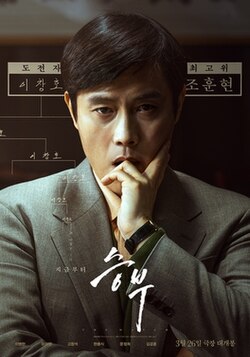
The influence of European cinema, particularly that of French filmmaker Jean Renoir, has left an indelible mark on the development of Japanese cinema. Renoir’s innovative storytelling, emphasis on humanism, and mastery of visual composition have resonated deeply with Japanese filmmakers, inspiring a wave of artistic exploration and stylistic experimentation. His films, characterized by their nuanced characters and poetic realism, served as a catalyst for Japanese directors seeking to elevate their craft and explore new narrative possibilities. The cross-cultural exchange facilitated by Renoir’s work contributed significantly to shaping the aesthetic and thematic landscape of Japanese cinema during the mid-20th century and beyond. This article explores the multifaceted influence of Jean Renoir on Japanese film, examining historical contexts, thematic parallels, stylistic adaptations, and the enduring legacy that continues to shape contemporary Japanese filmmaking.
- Introduction to Renoir’s Influence on Japanese Cinema
Jean Renoir’s cinematic philosophy and visual storytelling have had a profound impact on Japanese filmmakers, fostering a deeper appreciation for the art of film as a means of exploring human nature and societal issues. His emphasis on naturalistic acting, fluid camera movements, and layered narratives resonated with Japanese directors who sought to break away from traditional theatrical styles and embrace a more cinematic approach. Renoir’s films, such as The Grand Illusion and The Rules of the Game, showcased a nuanced portrayal of social classes and human relationships, themes that found echoes in Japanese cinema’s exploration of societal change and individual identity. The aesthetic choices and narrative depth exemplified in Renoir’s work provided a blueprint for Japanese filmmakers aiming to craft films that were both visually compelling and thematically rich. Over time, Renoir’s influence became evident in the stylistic and thematic evolution of Japanese cinema, inspiring directors to experiment with new storytelling techniques and visual aesthetics.
Japanese cinema in the post-war period was marked by a desire to redefine national identity and artistic expression. Amid this cultural renaissance, Renoir’s films offered a fresh perspective rooted in realism, empathy, and social critique. Japanese directors such as Akira Kurosawa, Yasujirō Ozu, and Kenji Mizoguchi acknowledged the influence of Renoir’s humanist approach, often incorporating elements of improvisation, naturalistic dialogue, and complex characterizations. Renoir’s focus on the everyday lives of ordinary people helped Japanese filmmakers depict their own society with authenticity and emotional depth. This cross-pollination of ideas fostered a more nuanced and sophisticated approach to storytelling in Japanese cinema, bridging European cinematic traditions with local cultural narratives. As a result, Renoir’s influence played a pivotal role in elevating Japanese films to a global artistic standard, encouraging a more introspective and socially conscious cinema.
The impact of Renoir’s work extended beyond technical and thematic inspiration; it also encouraged Japanese filmmakers to experiment with cinematic form and narrative structure. Renoir’s use of deep focus, long takes, and multi-layered compositions became influential in Japanese films that sought to explore complex social dynamics and character interactions visually. His approach to capturing natural performances and emphasizing the fluidity of time and space inspired Japanese directors to innovate within their own cinematic language. This influence contributed to the development of a distinctive Japanese cinematic style that valued subtlety, realism, and poetic expression. Over time, Renoir’s legacy fostered a generation of filmmakers committed to artistic integrity and social commentary, helping Japanese cinema gain international recognition for its depth and craftsmanship.
Furthermore, Renoir’s emphasis on humanism and moral ambiguity resonated deeply with Japanese cultural sensibilities, which often explore themes of duty, honor, and societal expectations. Japanese filmmakers adapted Renoir’s themes to reflect their own societal concerns, creating films that grappled with issues such as war, gender roles, and social inequality. This cultural exchange enriched Japanese cinema, allowing it to develop a unique voice that, while influenced by European aesthetics, remained rooted in Japanese realities. The mutual influence fostered a cinematic dialogue that continues to inform contemporary filmmaking, demonstrating the enduring relevance of Renoir’s artistic principles. Overall, Renoir’s influence on Japanese cinema exemplifies the power of cross-cultural artistic exchange in shaping a vibrant and diverse cinematic tradition.
- Historical Context of Japanese Film Industry in Renoir’s Era
During Jean Renoir’s active years in the early to mid-20th century, the Japanese film industry was undergoing significant transformation. The 1930s and 1940s marked a period of rapid modernization and state influence, with the government promoting cinema as a tool for cultural propaganda and national identity building. Despite these pressures, Japanese filmmakers sought to develop a distinctly Japanese cinematic voice, often drawing inspiration from Western cinema while navigating censorship and ideological constraints. Renoir’s films, which emphasized social realism and humanist values, offered an alternative model that resonated with Japanese directors interested in portraying authentic human experiences amidst societal upheaval.
In the post-World War II era, the Japanese film industry experienced a renaissance driven by economic recovery, increased artistic freedom, and international recognition. During this period, Japanese filmmakers began to explore more complex narratives and sophisticated visual styles, influenced indirectly by European auteurs like Renoir. The occupation by Allied forces introduced Western cultural influences, including cinema, which facilitated the dissemination of Renoir’s films and ideas. The period also saw the emergence of influential directors who integrated Renoir’s emphasis on character-driven stories and social critique into their own work, helping to redefine Japanese national cinema. This era marked a turning point where Japanese filmmakers increasingly engaged with global cinematic trends, positioning their work within an international artistic context.
The 1950s and 1960s, often regarded as the golden age of Japanese cinema, coincided with a burgeoning interest in auteur-driven filmmaking and experimental storytelling. Directors like Kurosawa, Ozu, and Mizoguchi, while developing their unique styles, were also exposed to European cinema through film festivals, academic exchanges, and film journals. Renoir’s influence was particularly evident in the ways Japanese filmmakers approached realism, ensemble casting, and the exploration of social issues. The period also saw the rise of neorealist influences, which paralleled Renoir’s own focus on depicting everyday life and social disparities. This historical context created fertile ground for Renoir’s cinematic principles to be adopted and adapted within Japan, fostering a rich tradition of socially conscious and artistically innovative filmmaking.
Furthermore, Japanese cinema during Renoir’s era was characterized by a tension between traditional cultural values and modernist impulses. Renoir’s films, which often challenged social hierarchies and celebrated human dignity, provided a template for Japanese directors to critique their own society from a humanist perspective. The post-war political climate, with its focus on reconstruction and democratization, also aligned with Renoir’s themes of reconciliation and social harmony. As filmmakers grappled with issues of identity, war trauma, and societal change, Renoir’s emphasis on moral complexity and nuanced characters offered a compelling framework for storytelling. This historical interplay of cultural, political, and artistic forces helped embed Renoir’s influence into the fabric of Japanese cinematic evolution.
Technological advancements in filmmaking equipment and techniques during this period further facilitated the incorporation of Renoir’s stylistic innovations. The use of deep focus, long takes, and natural lighting became more prevalent in Japanese films, reflecting Renoir’s visual language. These technical elements allowed Japanese directors to create more immersive and realistic worlds, emphasizing the authenticity of characters and settings. The increased international exchange and film distribution channels made Renoir’s films accessible to Japanese audiences and filmmakers alike, fostering a global dialogue that enriched local cinematic practices. In this way, the historical context of the Japanese film industry in Renoir’s era was marked by a convergence of cultural aspiration, technological progress, and artistic experimentation, all of which contributed to the lasting influence of Renoir’s cinematic ethos.
The legacy of this period persists in contemporary Japanese cinema, where themes of social realism, moral ambiguity, and humanist storytelling continue to be central. The historical context of Renoir’s era provided a foundation upon which Japanese filmmakers built a resilient and innovative cinematic tradition. Recognizing the importance of this era helps to understand the layered influences that have shaped Japanese film into a sophisticated art form appreciated worldwide. Ultimately, the historical circumstances of the Japanese film industry during Renoir’s lifetime created fertile ground for cross-cultural influence, enabling Renoir’s cinematic ideals to flourish within Japan’s evolving artistic landscape.
- Key Themes Explored in Renoir-Inspired Japanese Films
Renoir’s films are renowned for their exploration of universal themes such as humanism, social class, and moral ambiguity. Japanese filmmakers influenced by Renoir often incorporated these themes into their own works, creating narratives that delve into the complexities of human nature and societal structures. The emphasis on authentic character interactions, nuanced portrayals of social disparities, and the moral dilemmas faced by individuals became hallmarks of Renoir-inspired Japanese cinema. These themes resonated deeply within Japan’s own social fabric, especially during periods of upheaval and change, allowing filmmakers to craft stories that were both socially relevant and emotionally compelling.
One prominent theme in Renoir-inspired Japanese films is the critique of social hierarchy and class divisions. Renoir’s The Rules of the Game and Grand Illusion highlighted the absurdities and injustices of societal stratification, a motif that Japanese directors adapted to examine their own class structures and cultural expectations. Films often portrayed characters from different social backgrounds interacting in settings that exposed the superficiality of societal distinctions. These narratives challenged audiences to reconsider notions of privilege, duty, and human dignity, fostering a sense of empathy and social awareness. The exploration of class themes helped Japanese filmmakers articulate their perspectives on societal change and the human cost of social inequality.
Humanism is another central theme that Japanese filmmakers drew from Renoir’s oeuvre. Renoir’s focus on the dignity of ordinary people and the moral complexity of his characters inspired Japanese directors to portray individuals with empathy and depth. Films often depicted everyday struggles, moral conflicts, and personal relationships, emphasizing the shared humanity of diverse characters. This approach fostered a cinematic style that prioritized character development and emotional authenticity, enabling audiences to connect deeply with the stories. In the Japanese context, themes




